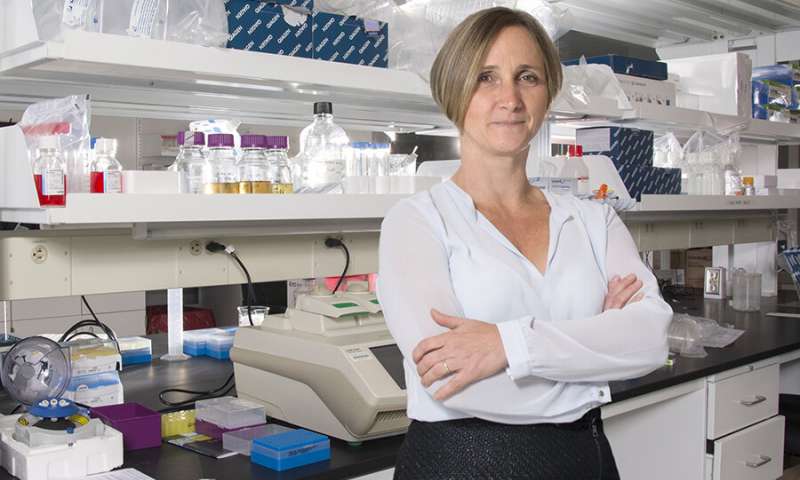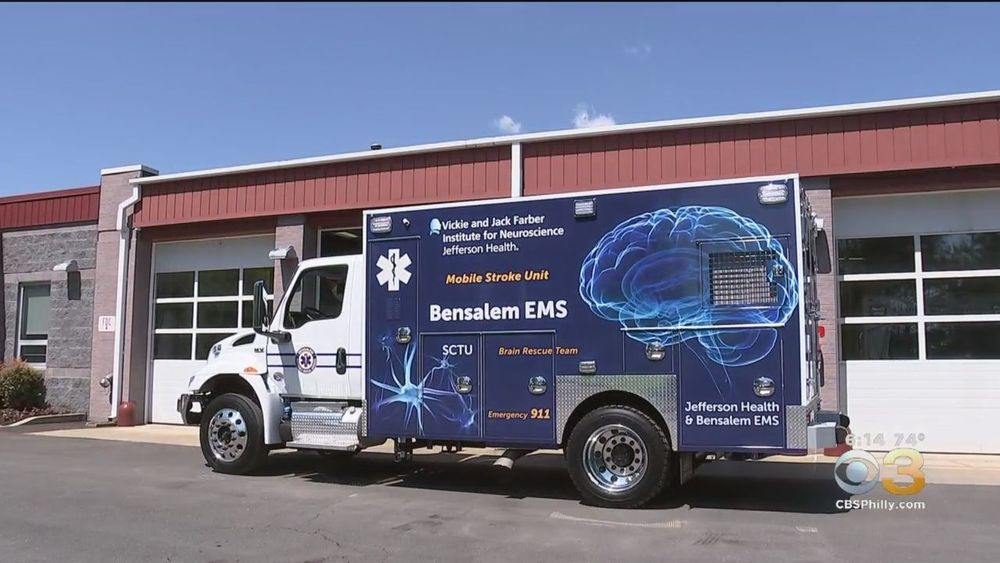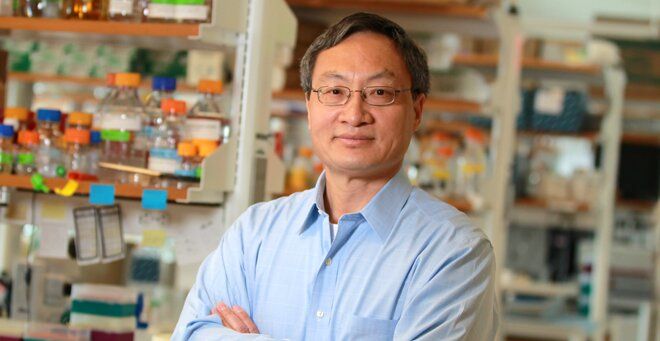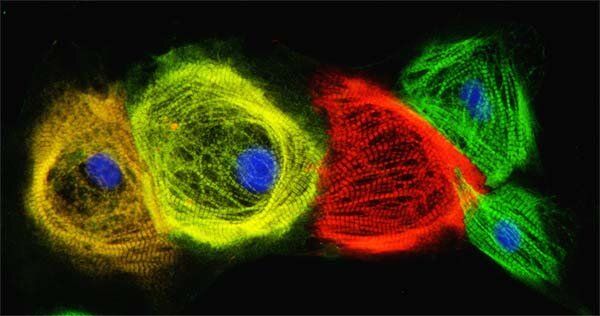May 17, 2019
A New Ion-Drive Transistor Is Here to Interface With Your Brain
Posted by Quinn Sena in categories: biotech/medical, computing, cyborgs, neuroscience
Silicon transistors and the brain don’t mix.
At least not optimally. As scientists and companies are increasingly exploring ways to interface your brain with computers, fashioning new hardware that conforms to and compliments our biological wetware becomes increasingly important.
To be fair, silicon transistors, when made into electrode arrays, can perform the basics: record neural signals, process and analyze them with increasingly sophisticated programs that detect patterns, which in turn can be used to stimulate the brain or control smart prosthetics.
Continue reading “A New Ion-Drive Transistor Is Here to Interface With Your Brain” »


















